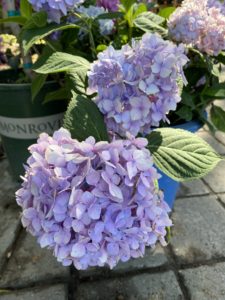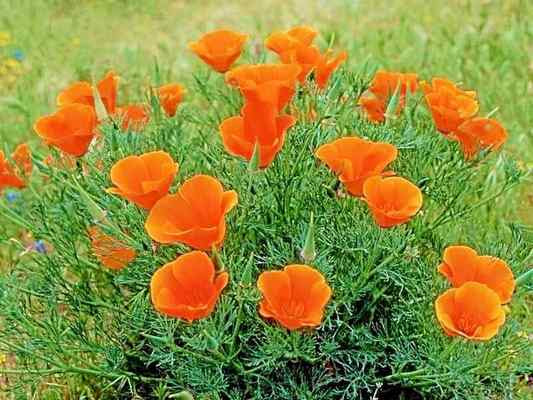 Kids and gardening seem to go hand in hand. Dirt itself has a natural draw for children, as is the magic of planting a seed and discovering its power to change and morph and grow. If you have kids in your life, include them in the gardening process by planting with them or at least with them in mind.
Kids and gardening seem to go hand in hand. Dirt itself has a natural draw for children, as is the magic of planting a seed and discovering its power to change and morph and grow. If you have kids in your life, include them in the gardening process by planting with them or at least with them in mind.
Many childhood memories are formed in the garden and can be re-triggered later in life when certain smells re-enter consciousness. Many plants offer unique color, texture or olfactory stimulation, and of course many are edible!
Here are some plants you can place into a garden today that may be of particular interest for kids!
Radishes
 Radishes from seed are extremely quick to germinate and grow to fruition within just 3 to 4 weeks from seed packet to table; radishes are the fastest way to illustrate the harvest cycle from start to finish.
Radishes from seed are extremely quick to germinate and grow to fruition within just 3 to 4 weeks from seed packet to table; radishes are the fastest way to illustrate the harvest cycle from start to finish.
Marigolds

Marigolds planted from seed have child-appeal partly due to the bright orange or yellow color and also for the distinct fragrance of the crushed leaf. Do you remember your first marigold? Marigolds are also kid-friendly because as the flower fades, the center can be tugged away to reveal the seeds as they form. These can be dried and planted again (and again), teaching the circle of life.
Cherry Tomatoes
They pop in your mouth, bite-sized, juicy, and growing at just the right height to harvest whenever a child needs a natural snack. Cherry Tomatoes climbs like a vine and can cover a trellis or arbor in a season.
Nasturtiums

Nasturtiums, being both colorful and edible, naturally lend themselves to gardening with children. A few seeds set into a semi-shady spot will sprout and clamber to grace a corner with mildly spicy flowers and foliage.
Sunflowers
Sunflowers are awe-inspiring both in the garden or as a cut flower on the table. Plant the “mammoth” giant blooms but don’t overlook the smaller branching ones that can be cut for a bouquet and tend to rebloom.
Pumpkins
Everyone knows that pumpkins have child appeal. The value of a pumpkin planted and harvested from one’s garden is immeasurably more memorable and valuable than one purchased from the supermarket.
Mint
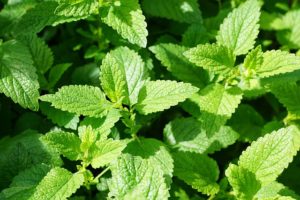
A little mint underfoot will fill the air with the fragrance of so many familiar sweets. Tuck some in a shady spot near the hose spigot where it will soak up the spills. Beware! It travels and spreads if you are not looking. Mint can be invasive, so grow in a pot.
Thyme
Thyme is easy to grow and full of the familiar scent of pizza. It is always good to show kids that their food comes from the earth. Vegetable and herb gardens drive this point home.
 More
More
There are dozens of more options for growing a kids’ garden. Consider planting veggies in with your ornamentals as long as you treat all with vegetable safe care products. Pumpkins and tomatoes can grow right in with the roses and perennials. The basic idea is to enrich the lives of the little set and provide some memories that will linger with them!

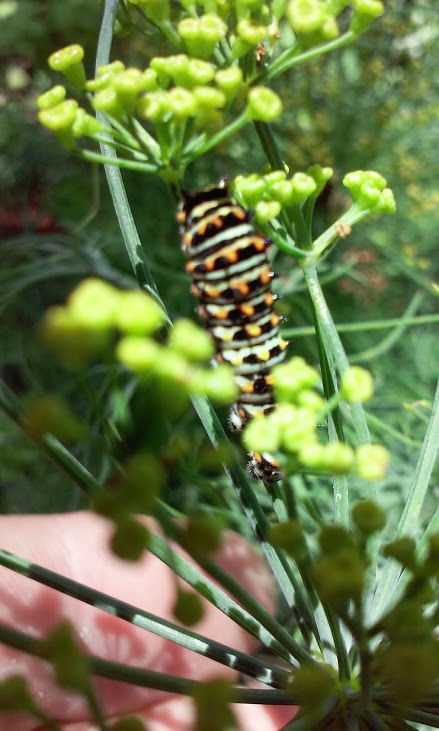
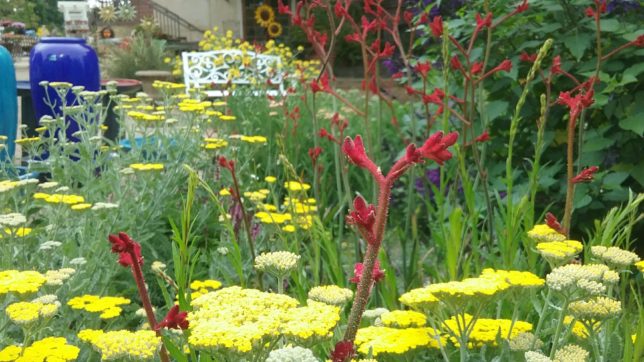
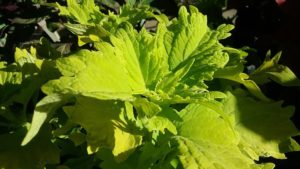
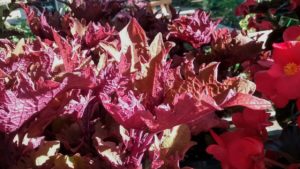
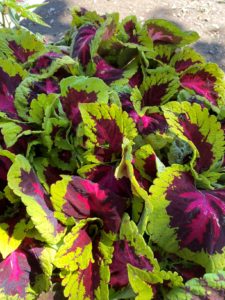

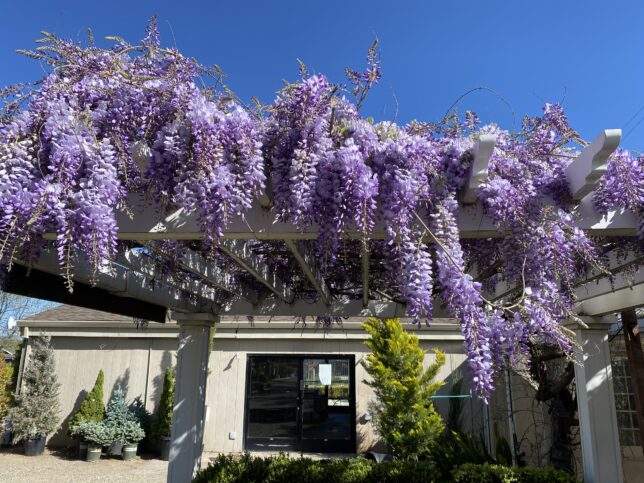
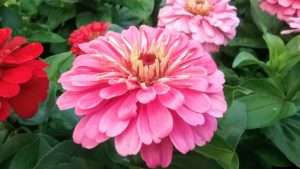 Zinnias make a brilliant addition to the summer flower garden, loved by novice and expert gardeners alike. The pollinators love them too! They bloom effortlessly from summer to frost, and the more you cut, the more they branch and bloom.
Zinnias make a brilliant addition to the summer flower garden, loved by novice and expert gardeners alike. The pollinators love them too! They bloom effortlessly from summer to frost, and the more you cut, the more they branch and bloom.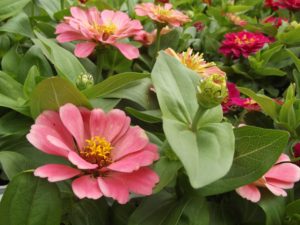
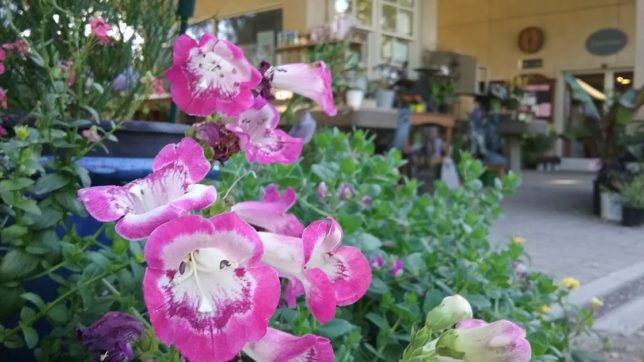
 Elegant and reliable perennials; valued by gardeners for their spires of foxglove-like flowers. Outstanding color varieties make it difficult to choose just one. Hummingbirds aren’t choosy; they like them all. Penstemon will perform all summer with regular deadheading, full sun & good garden soil.
Elegant and reliable perennials; valued by gardeners for their spires of foxglove-like flowers. Outstanding color varieties make it difficult to choose just one. Hummingbirds aren’t choosy; they like them all. Penstemon will perform all summer with regular deadheading, full sun & good garden soil. Gaura means “superb”, and it is. Imagine tall, loose wands of pinkish white stars, dancing on the wind. From spring to fall, this plant will flourish on a hot, dry slope, and in many other water-restricted sites. Blended with other perennials, it serves as a softening element for brighter colors. Give it a full season to establish.
Gaura means “superb”, and it is. Imagine tall, loose wands of pinkish white stars, dancing on the wind. From spring to fall, this plant will flourish on a hot, dry slope, and in many other water-restricted sites. Blended with other perennials, it serves as a softening element for brighter colors. Give it a full season to establish.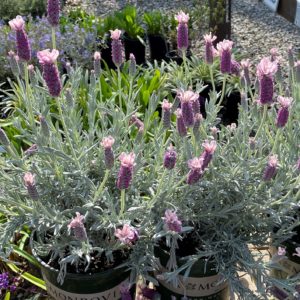
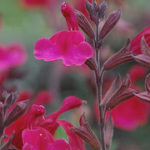 Known as Autumn Sage, they are available in a number of flower colors – red, yellow, pink, white and purple. Erect growth to about three feet with medium green foliage. Blooms for much of the season, spring through fall. Plant in full sun.
Known as Autumn Sage, they are available in a number of flower colors – red, yellow, pink, white and purple. Erect growth to about three feet with medium green foliage. Blooms for much of the season, spring through fall. Plant in full sun.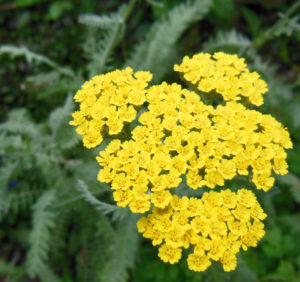
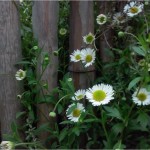 One of the easiest daisies to grow, and very water-wise. Adds sparkle to the flower garden, usually grows about 12″ high and 18″ wide. Blooms heavily in spring and then moderately through the warm season.
One of the easiest daisies to grow, and very water-wise. Adds sparkle to the flower garden, usually grows about 12″ high and 18″ wide. Blooms heavily in spring and then moderately through the warm season.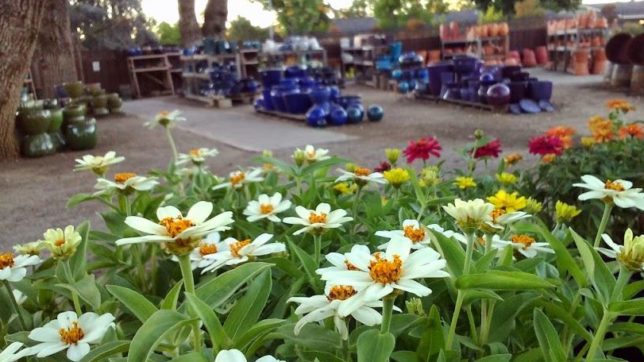
 Flowers in reds and yellows provide a nectar source for butterflies.
Flowers in reds and yellows provide a nectar source for butterflies.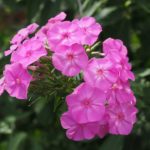 Butterflies and hummingbirds take nectar from the white and purple flowers. Other birds feed on the seeds in the fall.
Butterflies and hummingbirds take nectar from the white and purple flowers. Other birds feed on the seeds in the fall.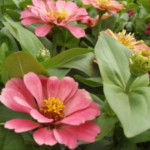
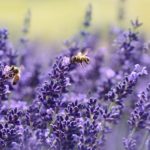 Fragrant purple flowers attract butterflies for nectar.
Fragrant purple flowers attract butterflies for nectar.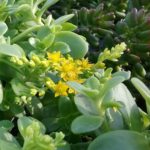 Butterflies take nectar from the small pink flowers that bloom from August to September.
Butterflies take nectar from the small pink flowers that bloom from August to September.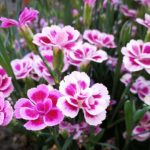 Red, white, rosy purple flowers provide nectar for butterflies.
Red, white, rosy purple flowers provide nectar for butterflies.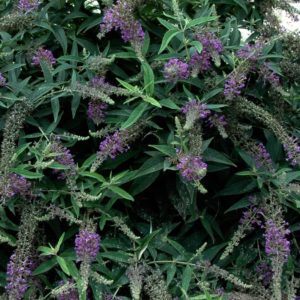
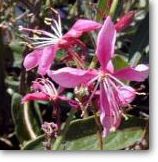 Can almost bloom its heart out. May remain in bloom 6 or more months. 2-3′ high and wide. Attracts hummers and butterflies.
Can almost bloom its heart out. May remain in bloom 6 or more months. 2-3′ high and wide. Attracts hummers and butterflies.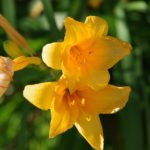 Easy to grow, strap leaves are a nice contrast. Flowers are 2-3′ and attract both hummingbirds and butterflies.
Easy to grow, strap leaves are a nice contrast. Flowers are 2-3′ and attract both hummingbirds and butterflies.